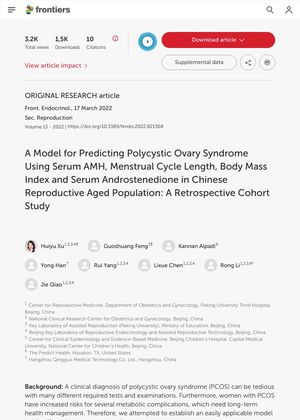TLDR A model using hormone levels, cycle length, and BMI can help identify PCOS in Chinese women but isn't for screening teens.
A retrospective observational cohort study involving 11,720 ovarian stimulation cycle records developed a model for predicting Polycystic Ovary Syndrome (PCOS) in Chinese women of reproductive age. The model uses four parameters: serum Anti-Müllerian Hormone (AMH), menstrual cycle length, Body Mass Index (BMI), and serum Androstenedione. The model showed good correlations with an Area Under the Curve (AUC) of 0.855, 0.848, and 0.846 in the training, validation, and testing sets, respectively. The contributions of each predictor were: AMH 41.2%, menstrual cycle length 35.2%, BMI 4.3%, and Androstenedione 3.7%. The study concluded that this model could be a useful tool for early identification of undiagnosed PCOS, improving long-term health management for affected women. However, it is not suitable for PCOS screening in adolescents.
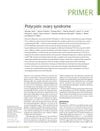 883 citations
,
August 2016 in “Nature Reviews Disease Primers”
883 citations
,
August 2016 in “Nature Reviews Disease Primers” Polycystic Ovary Syndrome (PCOS) is a common condition in women that can cause metabolic, reproductive, and psychological issues, and requires lifestyle changes and medication for management.
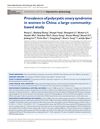 271 citations
,
June 2013 in “Human Reproduction”
271 citations
,
June 2013 in “Human Reproduction” PCOS is common among Chinese women of reproductive age and linked to serious metabolic and reproductive issues, especially in obese women.
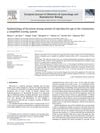 37 citations
,
August 2012 in “European Journal of Obstetrics & Gynecology and Reproductive Biology”
37 citations
,
August 2012 in “European Journal of Obstetrics & Gynecology and Reproductive Biology” A simplified scoring system can effectively diagnose hirsutism in Chinese women of reproductive age.
 4809 citations
,
January 2004 in “Fertility and Sterility”
4809 citations
,
January 2004 in “Fertility and Sterility” The 2003 consensus updated PCOS diagnosis criteria and highlighted increased risks of diabetes and heart disease for those affected.
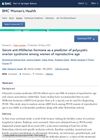 4 citations
,
May 2022 in “BMC Women's Health”
4 citations
,
May 2022 in “BMC Women's Health” High levels of anti-Müllerian hormone can indicate polycystic ovarian syndrome in women who can have babies.
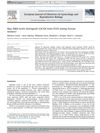 5 citations
,
April 2014 in “European Journal of Obstetrics & Gynecology and Reproductive Biology”
5 citations
,
April 2014 in “European Journal of Obstetrics & Gynecology and Reproductive Biology” AMH levels can't reliably tell the difference between LOCAH and all types of PCOS in women with excessive hair growth.
24 citations
,
April 2021 in “BMC women's health” High BMI worsens hair growth in women with PCOS.
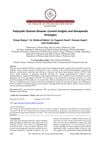 December 2024 in “African Journal of Biomedical Research”
December 2024 in “African Journal of Biomedical Research” Combining lifestyle changes and medication is most effective for managing PCOS symptoms.
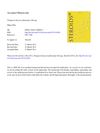 62 citations
,
April 2013 in “Steroids”
62 citations
,
April 2013 in “Steroids” PCOS symptoms change with age; younger women have higher androgen levels and less metabolic issues, while older women face more metabolic challenges despite milder PCOS symptoms.
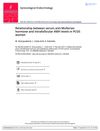 28 citations
,
September 2017 in “Gynecological Endocrinology”
28 citations
,
September 2017 in “Gynecological Endocrinology” Women with PCOS have higher levels of AMH in their blood and follicles, and this can help predict their risk of overreaction to fertility treatments.
